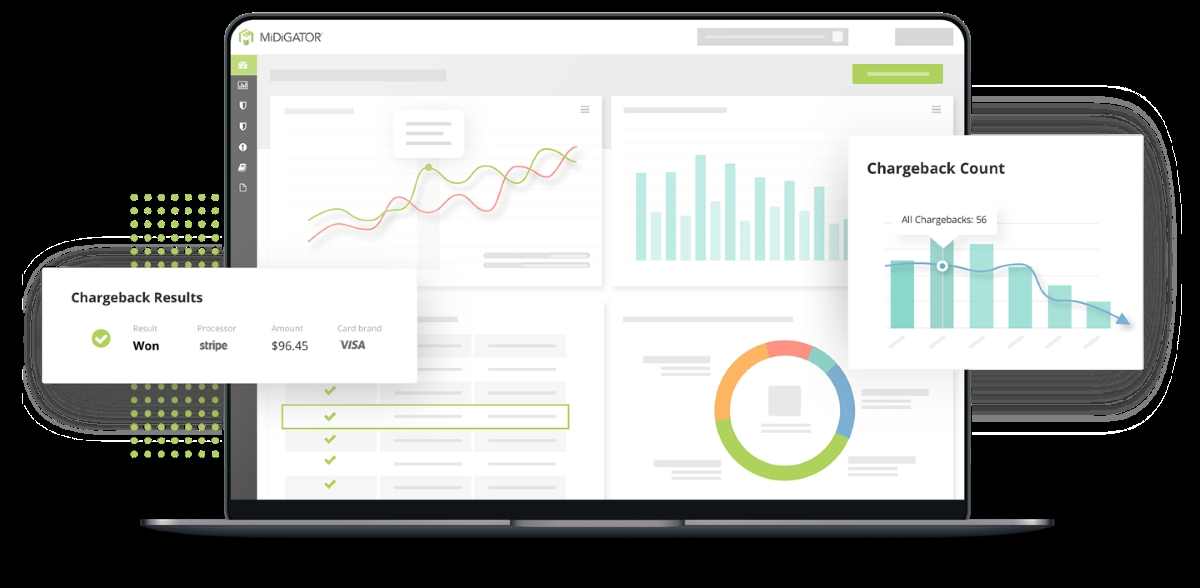Home>Finance>Sample Selection Bias: Definition, Examples, And How To Avoid


Finance
Sample Selection Bias: Definition, Examples, And How To Avoid
Published: January 23, 2024
Learn about sample selection bias and its impact on finance. Discover real-life examples and effective strategies to avoid this common issue.
(Many of the links in this article redirect to a specific reviewed product. Your purchase of these products through affiliate links helps to generate commission for LiveWell, at no extra cost. Learn more)
Sample Selection Bias: Definition, Examples, and How To Avoid
Are you looking to dive into the world of finance and gain a deeper understanding of its intricacies? One crucial concept you need to be aware of is sample selection bias. This phenomenon can have a significant impact on the accuracy of financial analysis and decision-making. In this blog post, we will explore the definition of sample selection bias, provide real-life examples, and offer practical tips on how to avoid it. So, buckle up and let’s delve into this fascinating topic!
Key Takeaways:
- Sample selection bias occurs when the sample used for analysis is not representative of the population, leading to inaccurate insights and biased conclusions.
- Examples of sample selection bias can be found in various financial scenarios, such as investment analysis, market research, and loan approval processes.
What is Sample Selection Bias?
Sample selection bias refers to the systematic errors that occur when the sample used for analysis is not representative of the population being studied. In other words, the sample does not accurately reflect the characteristics, diversity, or distribution of the larger group. This discrepancy leads to biased results and can significantly impact the validity and reliability of any financial analysis or decision-making process.
But how does sample selection bias happen, you might ask? Let’s explore a few examples to grasp a better understanding.
Real-Life Examples of Sample Selection Bias
- Investment Analysis: Suppose you are analyzing the performance of a particular stock over the past ten years. However, you unintentionally exclude the data from periods of economic recession when the stock experienced significant losses. By omitting these volatile years from your sample, your analysis becomes skewed, providing an inaccurate representation of the stock’s overall performance.
- Market Research: Imagine a company conducting market research to determine the buying habits of online shoppers. If the survey is only distributed to tech-savvy individuals, excluding demographics with limited internet access, it will lead to a biased understanding of consumer behavior. The sample selection may suggest that everyone shops extensively online, painting an inaccurate picture of the market.
- Loan Approval: When a lender evaluates loan applications using a sample skewed towards high-income earners, it results in unfair and biased credit decisions. Individuals from lower-income backgrounds may be overlooked, giving an inaccurate impression of their creditworthiness and undermining their opportunities for financial support.
Avoiding Sample Selection Bias
To ensure the integrity of your financial analysis, it’s crucial to minimize and mitigate sample selection bias. Here are a few practical tips to help you avoid this pitfall:
- Establish Clear Inclusion Criteria: Clearly define the characteristics and criteria your sample needs to represent. Ensure that your sample is diverse and includes a broad representation of the population you are studying.
- Random Sampling: Randomly select participants or data points from the population to reduce the likelihood of systematic biases.
- Large Sample Size: The larger your sample size, the better chances you have of capturing the true characteristics of the population.
- Consider External Factors: Always be aware of external factors that may influence your analysis. Take into account economic conditions, cultural differences, and other variables that could impact the outcomes.
- Validate Findings: Collaborate with experts, conduct sensitivity analyses, and cross-validate your findings to ensure the integrity and reliability of your conclusions.
By following these guidelines, you can minimize the risk of sample selection bias and enhance the accuracy of your financial analysis. Understanding the potential biases that can occur and knowing how to avoid them is an essential skill for any financial professional.
Conclusion
Sample selection bias is a critical concept that can significantly impact the accuracy of financial analysis and decision-making processes. By recognizing the signs of sample selection bias and adopting strategies to avoid it, you can ensure your financial insights are reliable and actionable.
So, next time you embark on a financial analysis journey, remember to embrace diversity, randomize your samples, and be cautious of external influences. By doing so, you’ll be well on your way to navigating the complex world of finance with confidence!














